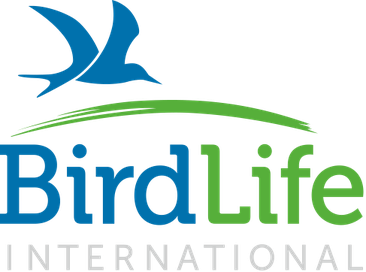

Barn and Tawny Owls readily take to boxes in areas where they have suitable food to support themselves and their chicks. Little Owls will use boxes, but tend not to have as much difficulty in finding nesting sites, as they need much smaller cavities. Kestrels will take readily to boxes as will Stock Doves. Jackdaws can be a problem, as they may take over boxes intended for other species.
 |
 |
Nestboxes should be installed by November to give the best chance of success the following year, although it may take several years before a new box is used.
Barn Owl and Kestrel boxes should be located either on isolated farmland trees or at the edge of a woodland, overlooking open land. Tawny Owl boxes are best positioned within a woodland. All species require good visibility from the nest and a clear flight path to it. It’s important to face the box away from the prevailing wind.
Angle the box so that the floor slopes slightly away from the entrance. If the eggs roll about, this ensures that they remain in the sheltered end of the box.
It is essential to drill several drainage holes in the bottom of the box. Owls and kestrels do not build their own nests inside a box and cannot nest on bare boards, so place a 2-3 cm layer of wood chips or similar material (but not straw) in the box.
The boxes only need to be 10 to 15 feet (3-5m) above the ground to be successful. Make sure the box securely fixed to its support. Trees grow, so fixings should be checked from time to time.
